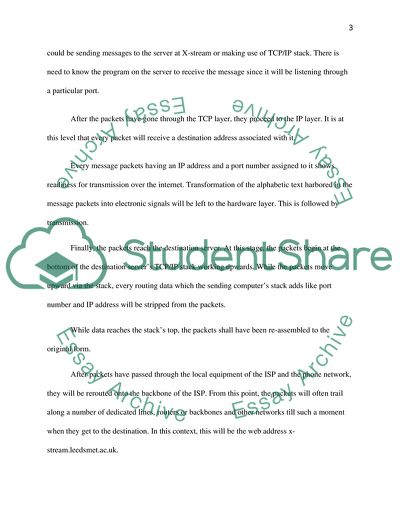Cite this document
(Connection to the X-Stream Case Study Example | Topics and Well Written Essays - 1500 words, n.d.)
Connection to the X-Stream Case Study Example | Topics and Well Written Essays - 1500 words. https://studentshare.org/information-technology/1828184-the-network-and-protocol-processes
Connection to the X-Stream Case Study Example | Topics and Well Written Essays - 1500 words. https://studentshare.org/information-technology/1828184-the-network-and-protocol-processes
(Connection to the X-Stream Case Study Example | Topics and Well Written Essays - 1500 Words)
Connection to the X-Stream Case Study Example | Topics and Well Written Essays - 1500 Words. https://studentshare.org/information-technology/1828184-the-network-and-protocol-processes.
Connection to the X-Stream Case Study Example | Topics and Well Written Essays - 1500 Words. https://studentshare.org/information-technology/1828184-the-network-and-protocol-processes.
“Connection to the X-Stream Case Study Example | Topics and Well Written Essays - 1500 Words”. https://studentshare.org/information-technology/1828184-the-network-and-protocol-processes.


